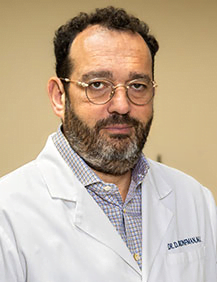The Only NYS Approved by
DOH Surgical Facility
*Same Day Appointments & Walk-Ins Welcome
The Only NYS Approved by
DOH Surgical Facility
*Same Day Appointments & Walk-Ins Welcome

Spontaneous abortion is mostly known as a miscarriage. It is a spontaneous loss of pregnancy, before the 20th week. (Most spontaneous abortions occur before the 12th week of pregnancy). 10-20% of pregnancies end in miscarriage, but the real number of miscarriages is considered to be much higher, due to the fact that in many cases spontaneous abortion occurs early in pregnancy, when the women doesn’t even know that she is pregnant. The main reasons are problems with fetal development. It is often difficult to determine the real cause, because these abnormalities are rarely understood.
But, what are the signs and symptoms of spontaneous abortion? Usually, signs and symptoms of spontaneous abortion include abdominal pain especially in the pelvic area, abdominal cramping, lower back pain, true contractions every 5-20 minutes, vaginal spotting or bleeding and even fluid or tissue passing through the vagina.
If you are experiencing any of the above mentioned signs and symptoms, please contact your health care provider.
Unfortunately, miscarriage can occur to anyone. The physical recovery from miscarriage in most cases will take only a few hours to a couple of days, while the emotional healing can take much longer. Miscarriage can be a heart-wrenching loss, especially for the mother.
Often, there’s nothing you can do to prevent a miscarriage. Simply focus on taking good care of yourself and your baby. Seek regular prenatal care, and avoid known risk factors. If you have a chronic condition, work with your health care team to keep it under control.
Take some time before you start trying to conceive again, even though it’s possible to become pregnant during the menstrual cycle immediately after a miscarriage. Most women who miscarry go on to have a healthy pregnancy after miscarriage.

Dmitry Bronfman, MD, is a board-certified gynecologist who specializes in all aspects of contemporary women’s health, preventive medicine, pelvic pain, minimally invasive and robotic surgery, and general, adolescent, and menopausal gynecology.
Brooklyn Abortion Clinic